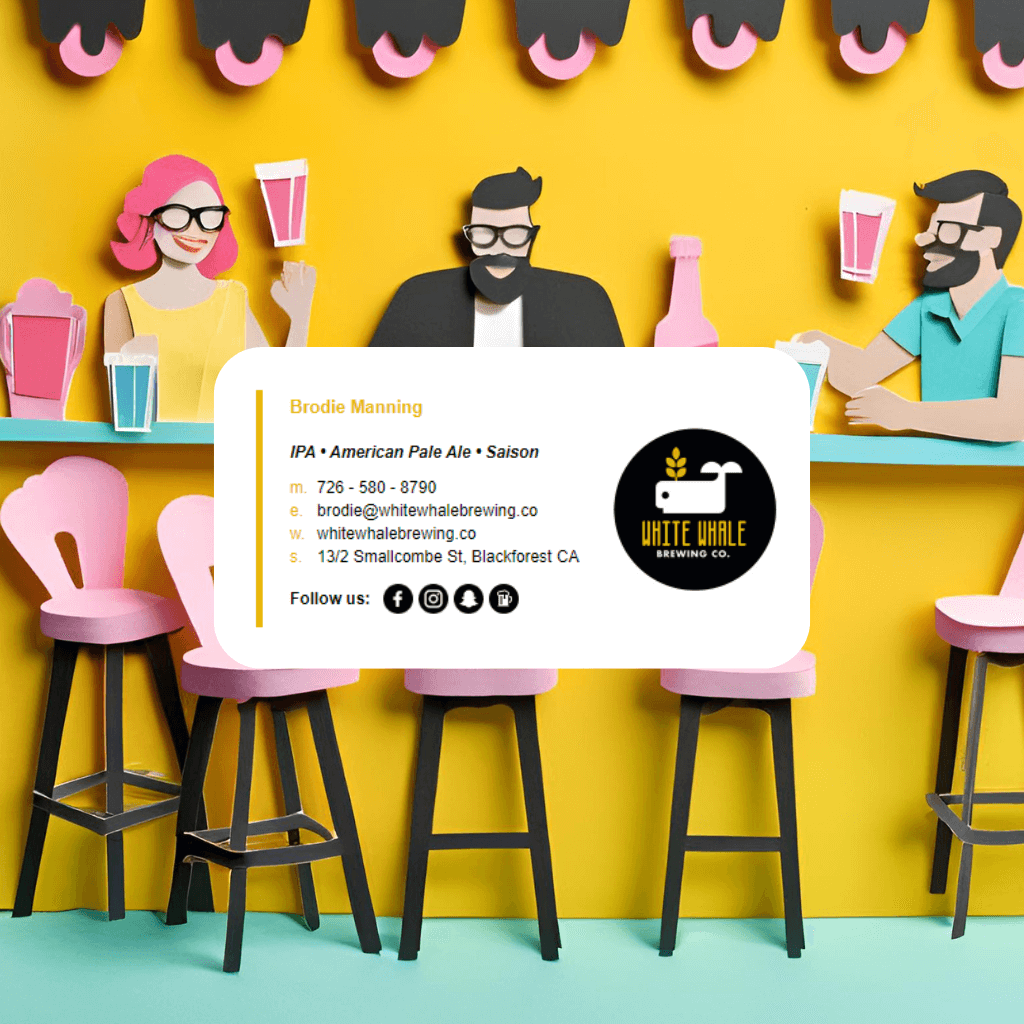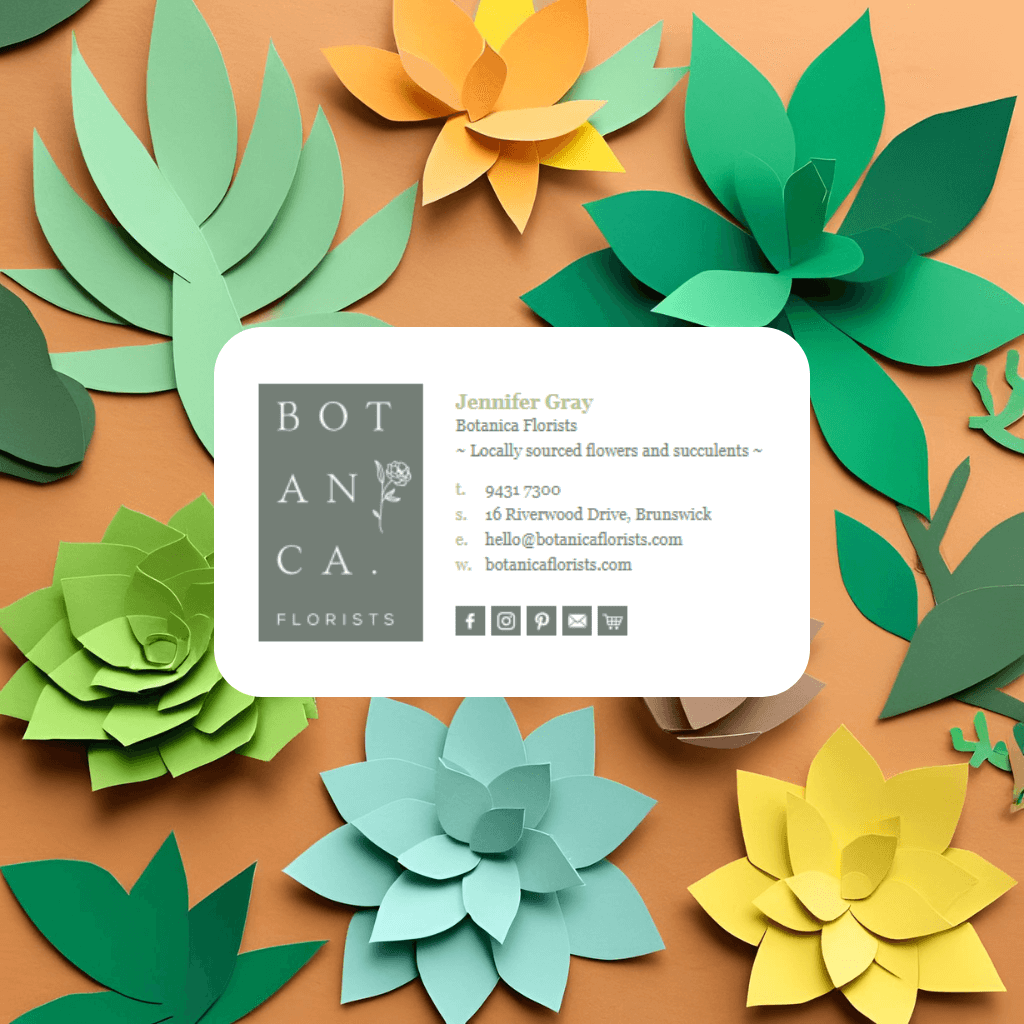As a leading SaaS provider specializing in email signature solutions for over 13 years, we’ve seen how digital contact-sharing methods have evolved. While QR codes, NFC business cards, and LinkedIn connections have gained popularity, vCards (virtual business cards) continue to be a widely used and reliable way to share contact information electronically.
Despite the rise of newer technologies, vCards remain relevant in 2025 because they offer universal compatibility across devices, operating systems, and email clients. Unlike app-specific solutions that require both parties to use the same platform, vCards function as a standardized format, making it easy to import and save contact details across iOS, Android, Outlook, Gmail, and more.
In this article, we’ll explore the continued relevance of vCards, their benefits, and why they remain a valuable tool for professionals looking to share contact information effortlessly.
What Is the Point of a vCard?
A vCard is a file format for storing and sharing contact information digitally. It typically contains:
- Name
- Phone number
- Email address
- Physical address
- Company name
- Job title
- Website URL
- Profile picture (optional)
Key Benefits:
- Easy Import: Recipients can instantly add your details to their address book with a single click.
- Professionalism: Attaching a vCard to your email signature demonstrates attention to detail and simplifies contact management.
- Universal Compatibility: The
.vcfformat is supported by major platforms like Outlook, Gmail, Apple Mail, and Thunderbird.












